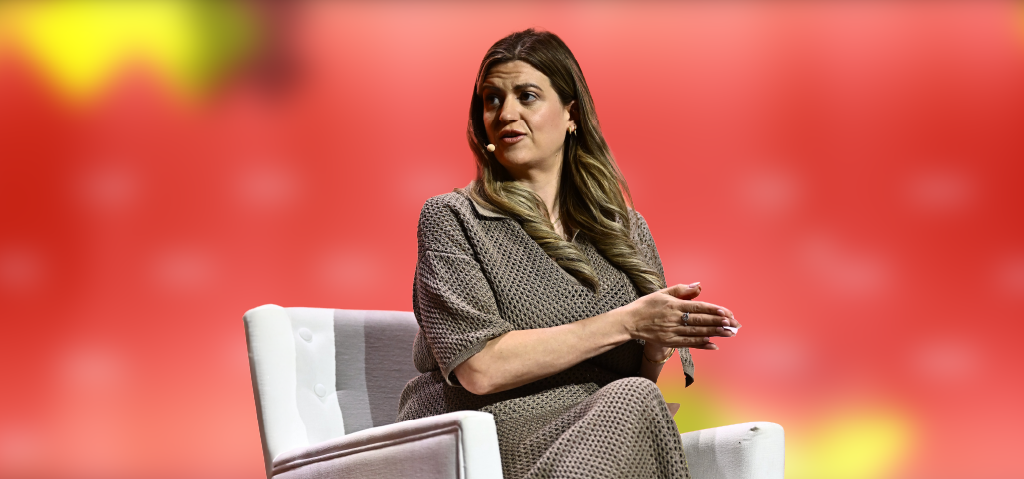
What has inspired 2022 Pritzker Architecture Prize winner?
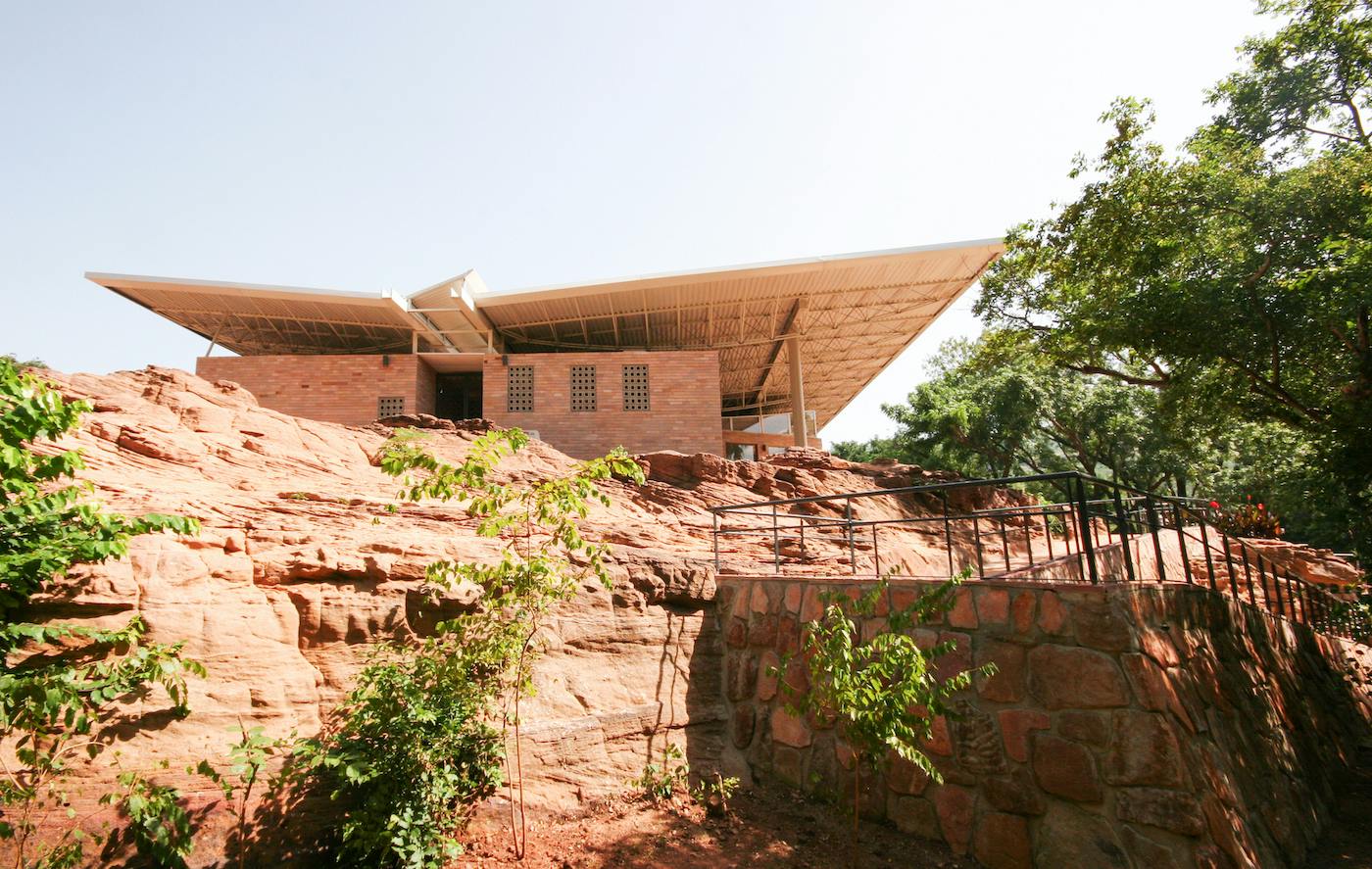
Meet Diébédo Francis Kéré, 2022 Laureate of the most celebrated accolade in the building profession: the Pritzker Architecture Prize.
There’s no award more esteemed for architects than the Pritzker Architecture Prize. It’s their Nobel Prize, celebrating structures that inspire humanity. This March, Diébédo Francis Kéré – architect, founder of Kéré Architecture and past Web Summit speaker – was selected as the 2022 Laureate.
Past Pritzker prize winners include Zaha Hadid, Rem Koolhaas, and Norman Foster (the designer of London’s Millennium Bridge). The first African to be honoured with the Pritzker Prize, Diébédo received a US$100,000 prize and a custom bronze medal at a ceremony in Chicago, US.
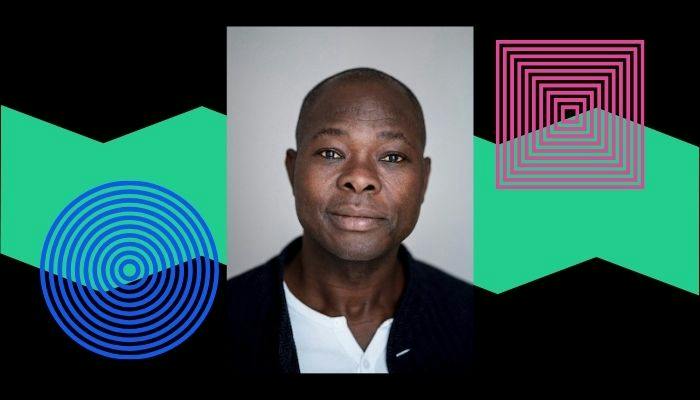 Diébédo Francis Kéré, 2022 Pritzker Architecture Prize winner. Image: Lars Borges/Pritzker Prize
Diébédo Francis Kéré, 2022 Pritzker Architecture Prize winner. Image: Lars Borges/Pritzker Prize
“To have the work I’ve been doing spotlighted this way is an effort beyond my own achievements. This is a tremendous opportunity and responsibility at the same time,” said Diébédo on winning the award.
“[I want to] show my deepest appreciation for the trust that the jury and the Pritzker Foundation placed in me with this award. A trust that I see echoed in the uncountable people who have supported me over the years, have commissioned me to do projects and pushed me to become the architect I am today.”
But how did the award-winning architect get to the position he’s in today? We drew on some of the personal design principles Diébédo discussed at Web Summit 2021 and beyond to assess what set him on the road to Pritzker Architecture Prize success.
Be inspired by nature
Diébédo noted that while his architectural designs may look complex, they are inspired by seemingly simple natural structures. He said that “I am always learning from simplicity … and from nature … to create wonderful structures.”
At Web Summit, he cited the example of termite mounds as incredible feats of architecture for regulating temperature and humidity. The use of simple ventilation tunnels can keep buildings cool in even adverse conditions without the need for air conditioning, an architectural point relevant to many of Diébédo’s projects: “I am always dealing with the sun to cool down spaces.”
His Centre for Health and Social Welfare in Laongo, Burkina Faso, is an example of maximising ventilation with natural materials such as brick and wood for comfortable building conditions.
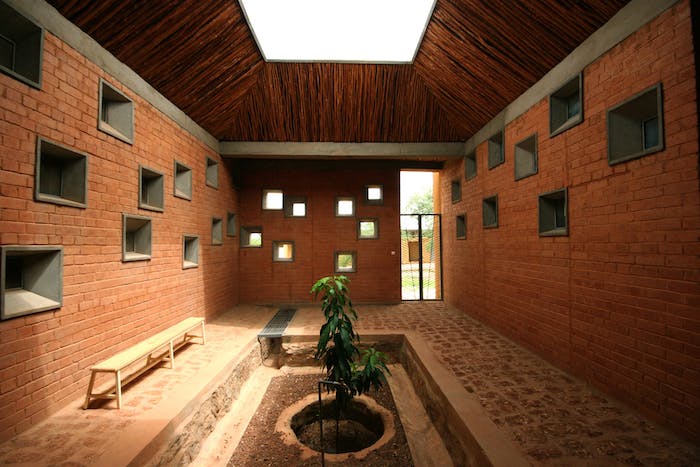 Diébédo Francis Kéré’s Centre for Health and Social Welfare in Laongo, Burkina Faso. Image: Francis Kéré/Pritzker Prize
Diébédo Francis Kéré’s Centre for Health and Social Welfare in Laongo, Burkina Faso. Image: Francis Kéré/Pritzker Prize
The use of natural materials is another principle in Diébédo’s design arsenal. Given many of his projects are in West Africa, he relies on supplies of native stone and wood to replicate design and architectural styles used by local peoples for generations: “I can bring … opportunities to a place with scarcity using simple materials.”
Blend functional with beautiful
One of the key points Diébédo focused on at the Pritzker Architecture Prize ceremony was the influence of his childhood experiences in Burkina Faso on his personal design principles.
“I grew up in between two types of architecture: on the one hand, beautiful vernacular buildings that were of the geography and life of the spaces served … on the other, quickly constructed boxes with tin roofs that served as schools, but felt more like furnaces. Both shape the way I design today,” said Diébédo.
“One pushes me to explore contemporary ways to employ building wisdom that has been crafted across generations and the other to innovate ways in which functional design does not come at the expense of beauty and comfort.”
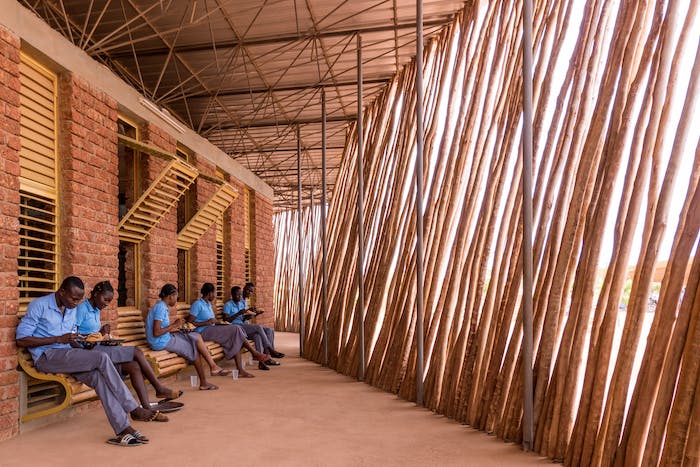 Diébédo Francis Kéré’s Lycée Schorge Secondary School in Palogo, Burkina Faso. Image: Francis Kéré/Pritzker Prize
Diébédo Francis Kéré’s Lycée Schorge Secondary School in Palogo, Burkina Faso. Image: Francis Kéré/Pritzker Prize
The Lycée Schorge Secondary School in Palogo, Burkina Faso, typifies this mix of function and beauty. The school is one of several Diébédo has designed in his home country. It uses local wood to provide both shade and private areas in outdoor spaces while creating an alluring screening effect that blends in with the school’s natural surroundings.
Bring communities together
In citing the reasons behind Diébédo’s selection as 2022 Laureate, the jury behind the Pritzker Architecture Prize noted that “his buildings, for and with communities, are directly of those communities – in their making, their materials, their programs and their unique characters.”
Community building is a core principle in the award-winning architect’s work, with communal spaces for people to gather often open-air while still providing a comfortable environment.
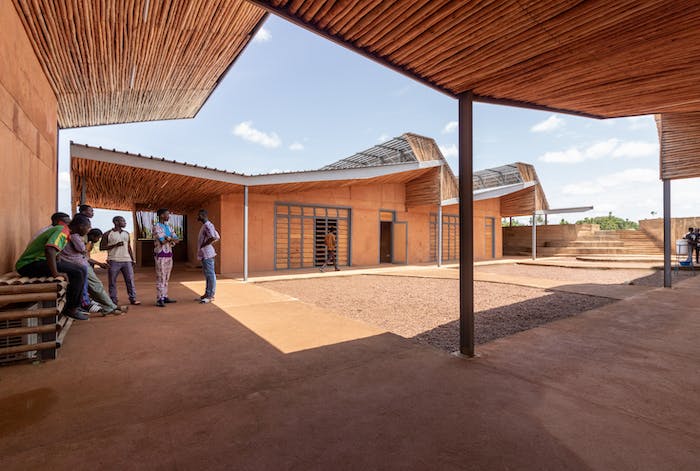 Diébédo Francis Kéré’s Burkina Institute of Technology. Image: Francis Kéré/Pritzker Prize
Diébédo Francis Kéré’s Burkina Institute of Technology. Image: Francis Kéré/Pritzker Prize
The 1,000m2 Burkina Institute of Technology, in the country’s third most populous city, is a hub of the region. It attracts tertiary students from all over the country to study and discuss topics in open-air settings outside of class times. The education facility has also attracted infrastructure around it, such as mango plantations on-campus and a network of roads.
This latter point is critical for Diébédo, who points to the power of buildings to create connections within communities: “people will start to settle in [to an area] because infrastructure is needed … you don’t know how important these structures are.”
What’s next for the award-winning architect? The 2022 Pritzker Architecture Prize joins an accolade list that includes the Cité de l’Architecture et du Patrimoine’s Global Award for Sustainable Architecture and the Thomas Jefferson Foundation Medal in Architecture.
Diébédo has designed structures in Denmark, Germany, Italy, Switzerland, the UK and the US, with parliament buildings – the National Assembly in Ouagadougou, Burkina Faso and in Porto-Novo, Republic of Benin – also commissioned.
But the most important point for Diébédo is to continue building connections through his architectural work. As he said at Web Summit: “the world is interconnected … through the web, through the environment and through our thoughts.”
Diébédo is just one example of Web Summit’s network of inspiring speakers. Keep up-to-date with what else is happening within our community by signing up for our newsletter.
Main image of National Park of Mali: Pritzker Architecture Prize/Francis Kéré


